Description
This thoughtfully curated collection brings the beauty and learning potential of natural materials directly into your homeschool space. The kit includes four distinct types of loose parts: 2.2 pounds of colorful giant gemstones, 2 pounds of smooth polished pebbles, 17.6 ounces of natural branches in various sizes, and 10 handwoven wicker balls. Each component offers unique textures, weights, and visual appeal that naturally draws children into hands-on exploration.
Unlike structured toys with predetermined purposes, these natural loose parts invite children to become the directors of their own learning experiences. The open-ended nature means there’s no “right” way to use them, making this kit particularly valuable for families with multiple children of different ages and learning styles.
Educational Value and Long-Term Investment
This kit represents excellent value for homeschooling families because of its versatility and durability. Natural materials like these can withstand years of regular use while maintaining their appeal. The collection grows with your children, serving different educational purposes as they develop. Younger children might focus on sensory exploration and basic sorting, while older students can use the same materials for complex mathematical concepts, scientific observations, or artistic projects.
The kit supports child-led learning, which aligns well with many homeschooling philosophies. Rather than adult-directed activities, these materials encourage children to make their own discoveries and connections, fostering independence and critical thinking skills that benefit all areas of learning.
How Homeschoolers Can Use This Product
Mathematical Learning Benefits
These loose parts excel at making abstract mathematical concepts concrete and accessible. The variety of sizes, shapes, and quantities naturally leads to counting, sorting, and pattern-making activities. Children can group items by color, size, or material type, then count and compare quantities. The different weights of gemstones versus branches provide natural opportunities to explore concepts like heavy and light, while the varying sizes introduce measurement and comparison skills.
For more advanced students, use these materials to explore fractions by dividing collections into equal groups, or tackle multiplication by creating arrays with the pebbles. The natural variation in sizes makes them perfect for creating number lines or demonstrating concepts like greater than and less than.
Science Exploration Activities
The kit naturally supports earth science studies through the gemstones and pebbles, allowing children to examine different mineral properties, colors, and formations. Use a magnifying glass to observe surface textures and discuss how different stones are formed in nature. The branches connect to botany lessons about tree growth, bark patterns, and seasonal changes.
Create simple experiments using these materials to explore concepts like density (why do some stones sink faster than others?), balance and weight distribution with the branches, or even basic physics concepts using the wicker balls for gentle motion studies.
Creative Arts and Storytelling Extensions
The natural beauty and varied textures of these materials make them excellent props for storytelling and imaginative play. Children can create small world scenes using the branches as trees, pebbles as stepping stones, and gemstones as treasure. The wicker balls might become eggs in a bird’s nest or magical orbs in a fantasy story.
For art projects, use the materials as natural stamps by dipping them in paint, or arrange them into temporary sculptures and mandalas. The process of creating and then dismantling these arrangements teaches children about impermanence while developing spatial reasoning skills.
Practical Learning Tips
Store these materials in clear containers so children can easily see and access them independently. Consider creating themed baskets that rotate weekly, such as “forest exploration” with branches and stones, or “treasure hunt” with gemstones and pebbles. This keeps the materials feeling fresh and encourages repeated engagement.
Use these loose parts during outdoor nature walks by having children compare the kit materials with natural items they find outside. This extends learning beyond the home and helps children make connections between their studies and the natural world.
Multi-Age Learning Opportunities
One of the strongest advantages of this kit is how naturally it accommodates different developmental stages simultaneously. While a three-year-old sorts by color, a seven-year-old might count by tens, and a ten-year-old creates geometric patterns with the same materials. This makes it particularly valuable for families with multiple children, as everyone can engage meaningfully with the same activity at their own level.
Consider setting up invitation-to-play scenarios where you arrange some materials in an interesting way and allow children to discover and expand on your setup. This gentle guidance helps children who might feel overwhelmed by completely open-ended materials while still preserving the child-directed nature of loose parts play.
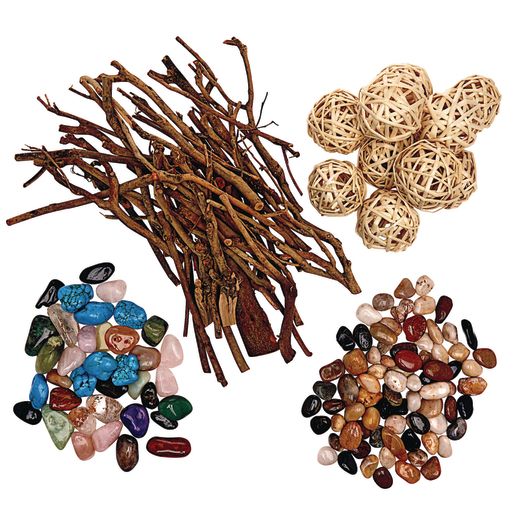
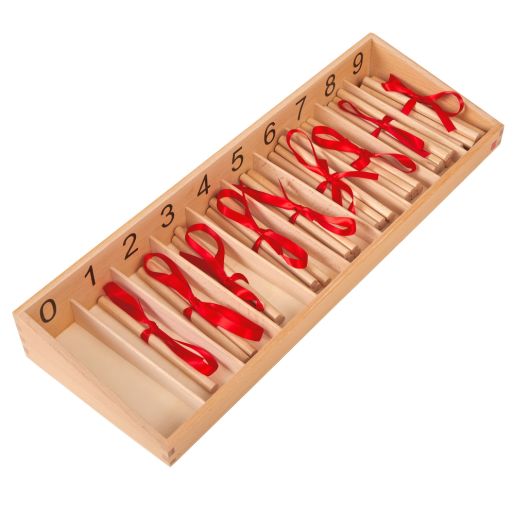
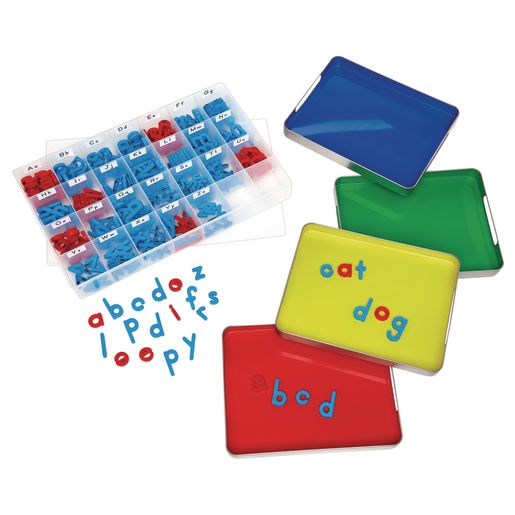
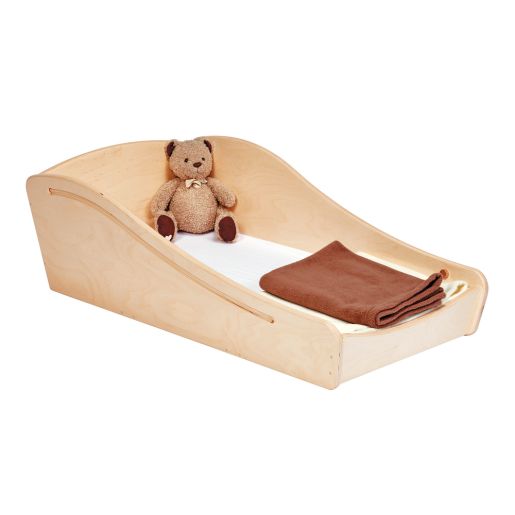
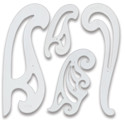
Reviews
There are no reviews yet.